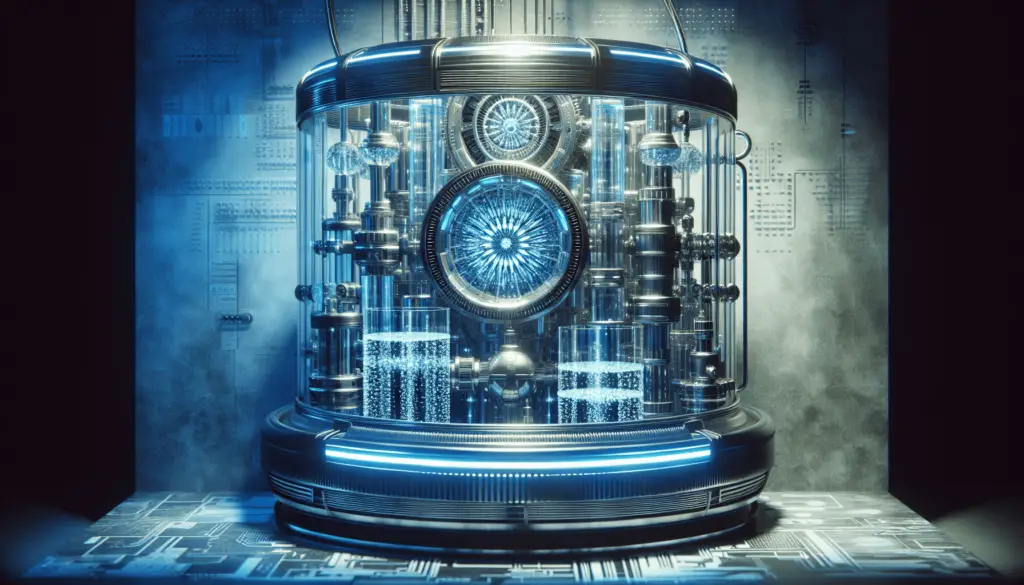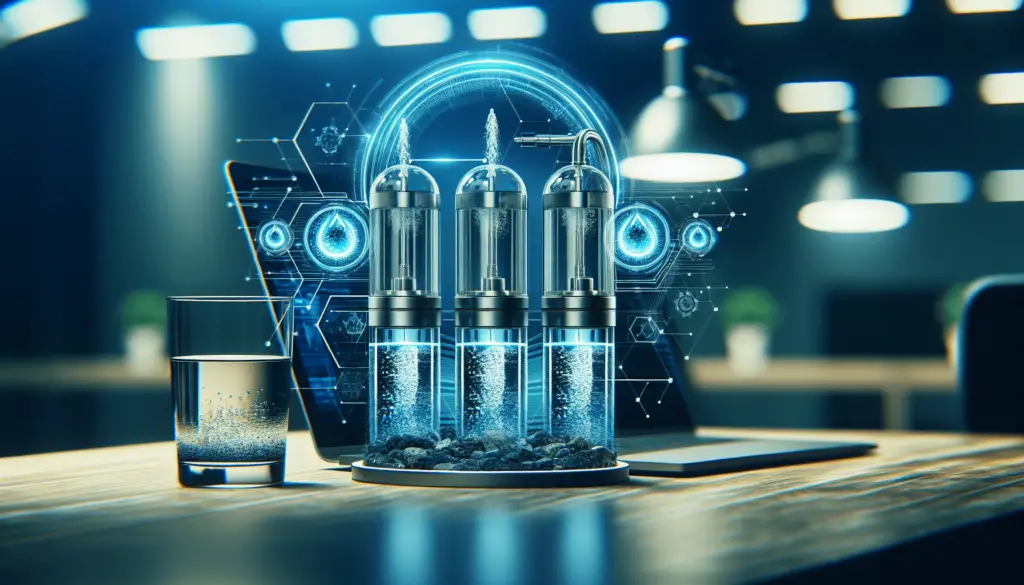Welcome to your ultimate guide to water-saving technologies for preppers! In this article, you will discover innovative and practical ways to conserve water in preparation for any emergency situation. From rainwater harvesting systems to water recycling methods, we will explore a variety of sustainable options that will ensure you have a reliable source of water when you need it most. Stay informed, stay prepared, and let’s dive into the world of water-saving technologies for preppers together!
Have you ever considered what you would do in a water shortage situation? As a prepper, being prepared for any scenario is crucial. One area that is often overlooked is water conservation and saving technologies. In this guide, we will explore various water-saving technologies that can benefit preppers like you. From rainwater harvesting systems to greywater recycling, there are many ways to ensure you have access to clean water in case of an emergency.

Benefits of Water-Saving Technologies
Water-saving technologies offer a wide range of benefits, especially for preppers. By implementing these systems, you can reduce your water usage, save money on water bills, and have a sustainable source of water in case of emergencies. Additionally, using water-saving technologies helps to conserve this precious resource for future generations.
Preppers like you can truly benefit from incorporating water-saving technologies into your emergency preparedness plan. Let’s explore some of the most popular and effective options available.
Rainwater Harvesting Systems
Rainwater harvesting systems are a great way to collect and store rainwater for future use. This technology involves collecting rainwater from rooftops and storing it in tanks or cisterns. The collected rainwater can then be used for various purposes such as watering plants, flushing toilets, and even drinking (with proper filtration).
Rainwater harvesting systems are relatively easy to install and can be customized to suit your specific needs. By collecting rainwater, you can reduce your reliance on municipal water sources and have a backup supply of water in case of a drought or contamination of the municipal water supply.

Greywater Recycling Systems
Greywater recycling systems are another water-saving technology that preppers should consider. Greywater is wastewater from sources like sinks, showers, and washing machines that can be recycled and reused for non-potable purposes. These systems collect greywater, filter and treat it, and then redistribute it for uses such as irrigation and flushing toilets.
Implementing a greywater recycling system in your home can significantly reduce your water usage and provide a sustainable source of water for non-drinking purposes. This technology not only saves water but also reduces the strain on septic systems and municipal wastewater treatment plants.
Dual-Flush Toilets
Dual-flush toilets are a simple yet effective water-saving technology that preppers can easily incorporate into their homes. These toilets have two flush options – one for liquid waste and another for solid waste. By using the appropriate flush option, you can significantly reduce the amount of water used per flush.
Dual-flush toilets are a cost-effective and easy way to conserve water in your home. By installing these toilets, you can save thousands of gallons of water each year, which is especially beneficial during water shortages or emergencies.
Low-Flow Showerheads and Faucets
Low-flow showerheads and faucets are essential water-saving technologies that can help preppers reduce their water usage without compromising on comfort. These fixtures are designed to restrict the flow of water while maintaining adequate water pressure for daily use.
By installing low-flow showerheads and faucets in your home, you can save both water and energy. These technologies not only reduce water consumption but also lower your utility bills. Additionally, using low-flow fixtures helps to conserve water resources for future generations.
Drip Irrigation Systems
Drip irrigation systems are efficient water-saving technologies that preppers can use in their gardens and landscaping. These systems deliver water directly to the roots of plants through a network of tubes and emitters, minimizing water waste due to evaporation and runoff.
By using drip irrigation systems, you can reduce water usage in your garden by up to 50% compared to traditional watering methods. These systems are easy to install and operate, making them a convenient solution for preppers who want to conserve water and maintain a healthy garden.
Smart Irrigation Controllers
Smart irrigation controllers are advanced water-saving technologies that use weather data and soil moisture levels to adjust watering schedules for optimal efficiency. These controllers can be programmed to water your garden or lawn only when necessary, preventing overwatering and water waste.
By investing in a smart irrigation controller, you can save both water and money while keeping your landscape healthy. These controllers are easy to install and operate, making them a valuable addition to any prepper’s water-saving toolbox.
Conclusion
Water-saving technologies play a crucial role in ensuring that preppers like you have access to clean and reliable water in case of emergencies. By incorporating rainwater harvesting systems, greywater recycling systems, dual-flush toilets, low-flow fixtures, drip irrigation systems, and smart irrigation controllers into your emergency preparedness plan, you can reduce your water usage, save money on utilities, and contribute to water conservation efforts.
Remember, being prepared for any scenario includes having a sustainable source of water. By implementing these water-saving technologies, you can rest assured that you have access to clean water when you need it most. So, take the necessary steps today to integrate these technologies into your home and be ready for whatever the future may hold.
